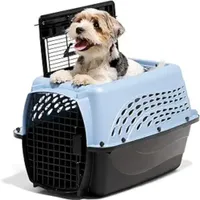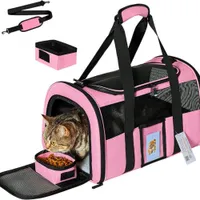How to get a stubborn cat into a carrier with tips from our vet
Don't worry, we help you learn how to get a stubborn cat into a carrier
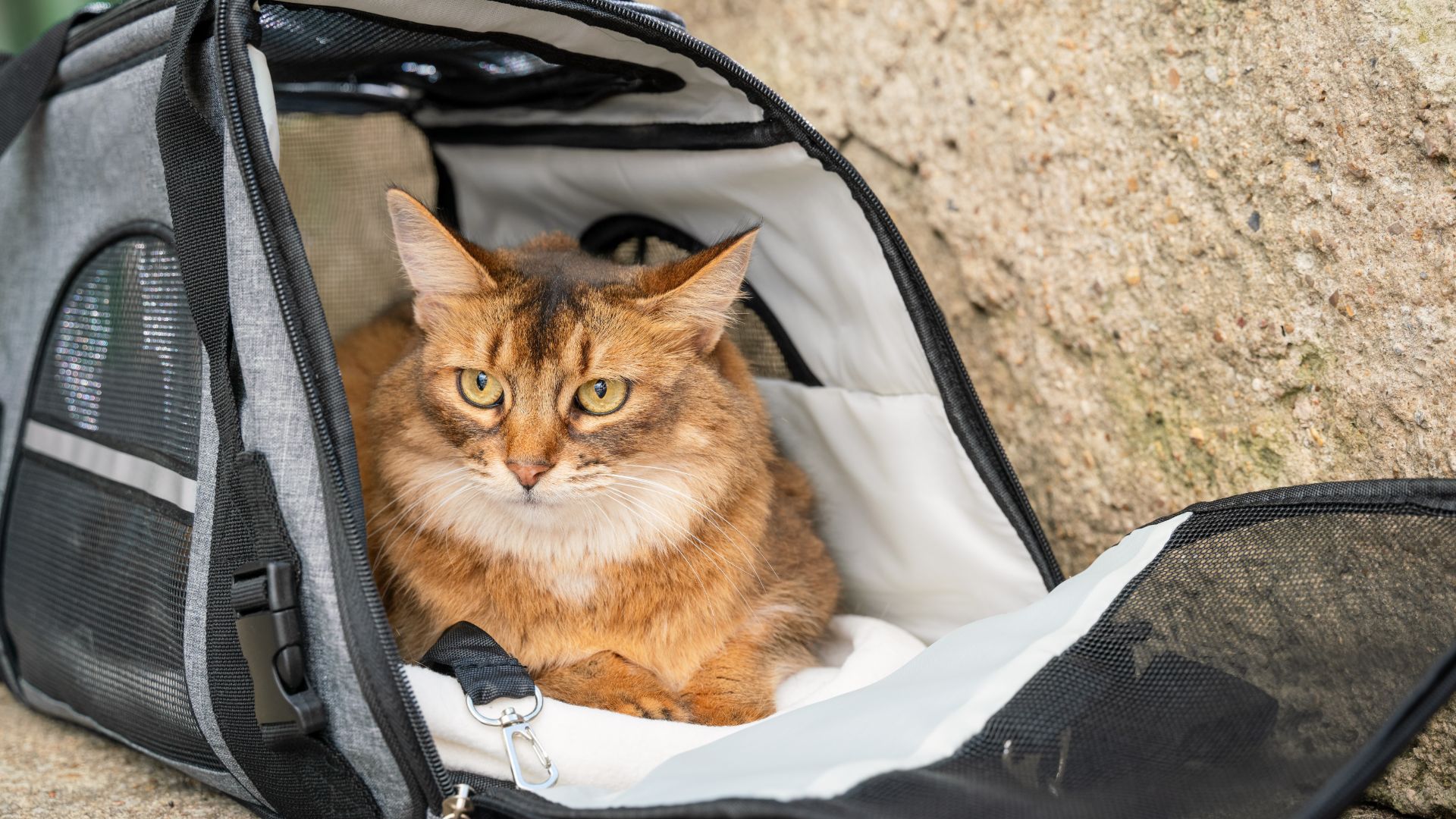
Believe it or not, there are tricks for how to get a stubborn cat into a carrier. Perhaps you need to take your scared cat to a vet visit, or are moving house with your cat and need to transport them – whatever the reason is, you need to get your cat in the carrier, and they're being difficult.
While there’s a lot of overlap here with tips for how to get a cat in a carrier, if your cat is terrified of carriers you may run into some trouble. Don’t worry, you’re not alone and there is hope, we promise.
Keep in mind that carriers are inherently scary to many cats, especially if they only ever see them during times of stress. Even the best cat carriers can be scary objects to your feline, so ensuring that you remove the scary stigma is a great way to help alleviate your cat’s fears. It can be incredibly frustrating trying to get a cat in a carrier, especially if you’re on a time crunch, but losing your patience won't help the situation at all.
We’re here to help you learn how to get an unwilling cat into a carrier. You got this.
Why are some cats scared of the carrier?
There's a few reasons why your cat may be terrified of its carrier. Here's a few:
- Cats are territorial creatures, so the idea of leaving their space is inherently scary - especially if they're indoor only cats. If your cat associates their carrier with being forced to leave the house, they will have a negative association with the object and likely have a fear response whenever they see it.
- If your cat is stressed each time they go into the carrier, they could be leaving behind ‘bad vibes’. According to companion animal vet Dr Rebecca MacMillan, cleaning the carrier thoroughly between uses can go a long way to relieving anxiety. “Cleaning helps reduce the level of stress pheromones your cat has secreted inside it, as well as any odors picked up at the hospital,” she advises. “A carrier that smells of stress to a cat may be off-putting the next time you try and get them to enter it.”
- If the carrier is too small for your cat, they'll feel uncomfortable going in or near it. Here’s some advice on how big a cat carrier should be.
- Your cat isn't used to going to the vet or traveling. According to vet Natalie Marks speaking with Reader's Digest, “less than half of all cats in the US receive annual veterinary care, compared to nearly 80% of dogs. Many cat parents will only pull [carriers] out just before a vet appointment or a car ride, both of which have classically been stressful or sources of anxiety for cats.”
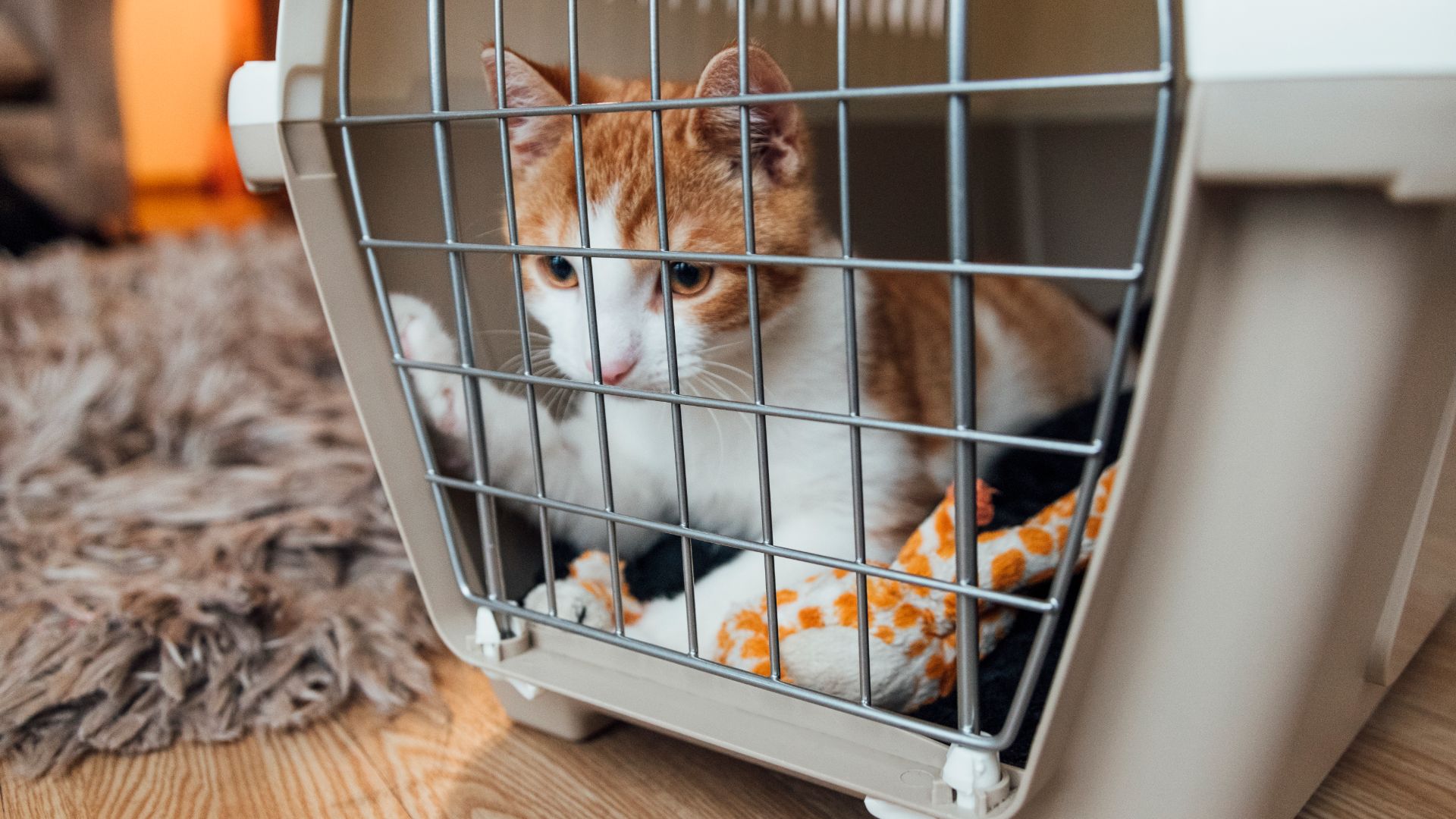
How do I stop my cat being scared of the carrier?
According to Dr MacMillan, the best way to get any cat used to a carrier is to always leave it out in your house. “It should be seen as part of the normal furniture and your cat should be free to explore it as they wish,” she says.
She continues: “The biggest mistake that many owners make is to store their cat carriers away in an attic or garage, only getting them out when their cat needs to go to the vet or the cattery. This then creates a huge amount of stress for the cat, who is not familiar with the carrier or only associates it with previous negative experiences.
Get the best advice, tips and top tech for your beloved Pets
“Owners can encourage a positive association with the carrier by lining it with a comfortable blanket and placing toys or treats inside. Some owners will also feed their cats inside their carrier to further reinforce the idea that it is a positive space.”
You can also use calming feline pheromones sprayed or dabbed inside the carrier to help relax your kitty or see if one of the best calming cat collars can help. The best advice, however, is to introduce your cat to the carrier as early as possible - if they’re exposed to the carrier as a kitten, they won’t fear it as an adult.
Petmate Two-Door Dog and Cat Kennel | Amazon
This crate is airline-approved with a two-door design for your pet’s ease and comfort. It’s easy to assemble and wipes
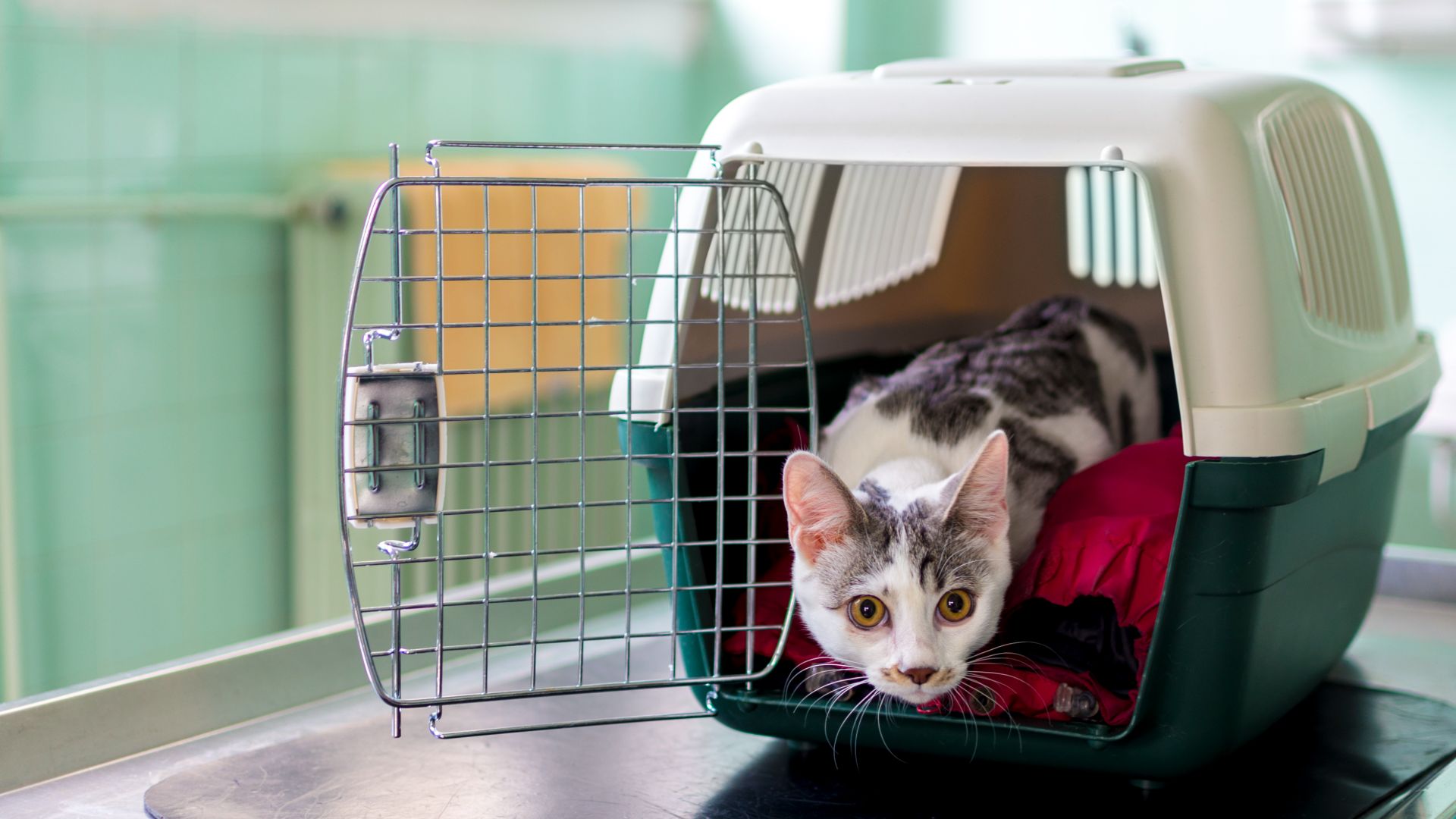
How to get a stubborn cat into a carrier
How to get a stubborn cat into a carrier
If you haven’t yet familiarised your unwilling cat with the carrier, it will be an even more difficult experience. However, there are still some tips and tricks you can utilize to help get an stubborn cat into a carrier:
1. Try the purrito technique
If your cat gets aggressive when trying to put them in a carrier, you can use this technique to help ensure neither one of you gets hurt.
“If you need to get your cat in their carrier urgently and are at risk of being scratched or bitten, then use a thick towel,” says Dr MacMillan. “Gently lower this over your cat to cover them, then quickly pick them up and scoop them into the cat carrier.
“This reduces the risk of teeth or claws contacting you.”
Reward your cat when they’re unwrapped and in the carrier with a treat (they’ll unwrap themselves rather quickly).
2. Encourage them to enter themselves
You can try to keep your cat in a room with just the carrier and a few treats in it to see if they'll eventually go in there on their own.
Dr MacMillan adds: “Some owners will even go as far as training their cats, using a word or command that indicates they should enter the carrier, rewarding them with their food or a treat immediately.”
Pet Gear Signature Pet Safety Carrier and Car Seat | Amazon
This soft carrier features a safety tether, two mesh access points and a washable fleece inner.
3. Ensure your carrier is big enough
Make sure your carrier is roomy enough that you can easily get your cat in through its door. Read our guide on how big a cat carrier should be to get an idea of what's right for your kitty.
4. Try standing the carrier on its end
A handy trick to getting your cat into a carrier is to stand it on its end so that the door's on top and gently lower your cat in from above. Once your cat is secured, you can gently tilt it back to horizontal.
If your cat is nervous, Dr MacMillan advises looking into updating your carrier. “Top-loading carriers tend to be easier than trying to insert your cat through a front-loading one,” she advises. “The doors on some front-loading carriers are quite small when trying to fit your cat and all their limbs through.”
This tear-resistant and breathable soft carrier has top and side-loading mesh doors and comes with a collapsable cat bowl.
How to keep a cat calm inside a carrier
According to Dr MacMillan, covering the carrier with a blanket or a towel can provide a calm environment for a nervous kitty. “The dim lighting and inability to see any glimpses of what’s going on outside of the carrier can help to calm some anxious cats.”
It’s also important to ensure comfort in transit. “Make sure your cat also has some bedding or a towel to lie on when traveling, as a hard carrier base will not be comfortable,” Dr MacMillan adds.
Cats will also appreciate owners who adjust their carrying technique. “When carrying the basket, many owners make the mistake of carrying it by the handle, allowing it to swing or rock,” says Dr MacMillan.
She advises: “It is best to support the carrier from underneath if you can, as this will reduce the amount of unpredictable motion for your pet making them feel more secure.
“Always place the carrier down on a solid surface when you can and avoid bumping it into things.”
If you find your cat can be fearful in multiple situations, not just with their carriers, reading our advice on easing anxiety in cats might be helpful.
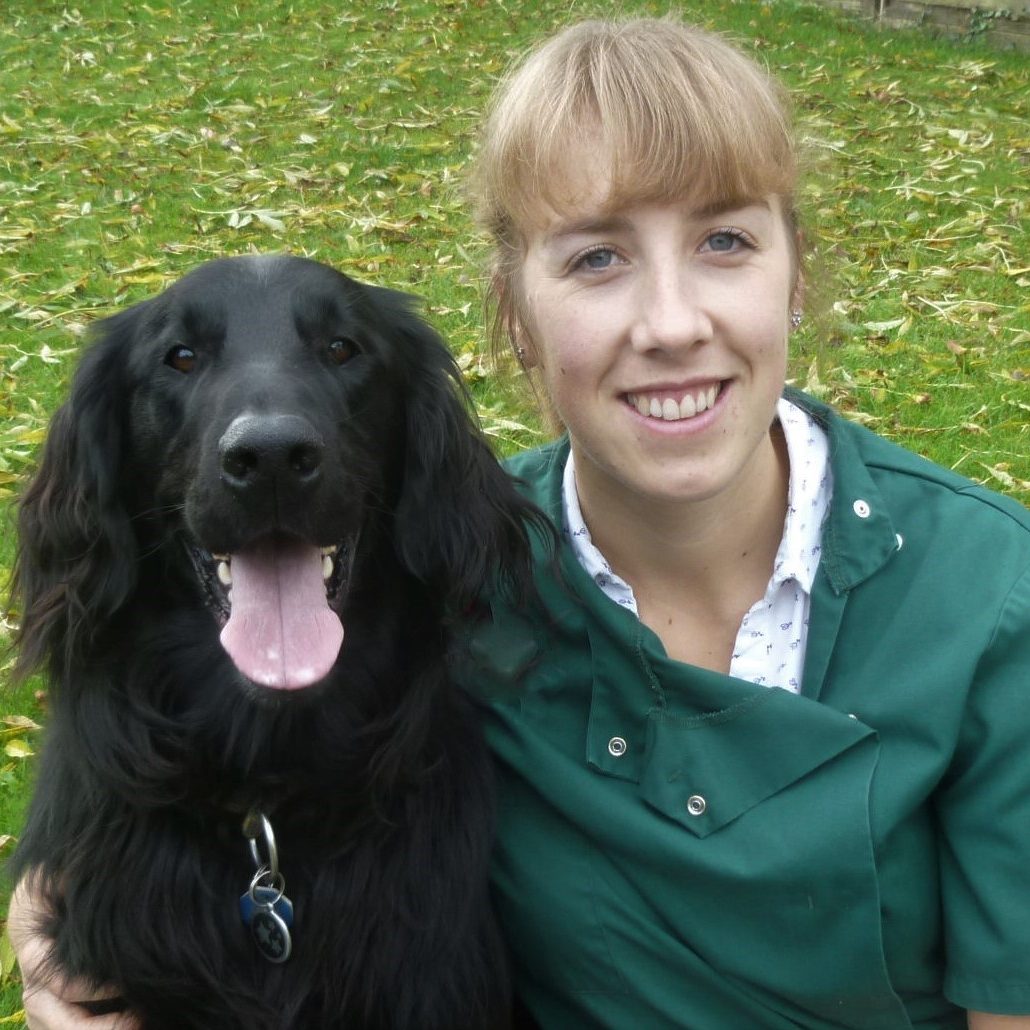
Dr MacMillan is a companion animal vet who has always had a passion for writing and client communication. She works in the South West and loves complex medical cases.

Bethany is an experienced news and features writer with an equestrian specialism, and has been writing for internationally recognised titles, such as Horse & Hound magazine where she is currently features assistant, since 2017.
Prior to her career in journalism, she studied BA English at the University of Nottingham, where she graduated with a first class degree.
As well as cultivating a vast and far-reaching understanding of equine training and management, her first-hand pet care experience also ranges from dogs and rabbits to chickens and sheep.
She’s also volunteered at greyhound rescue centres by walking their four-legged residents.
When she isn’t writing, she's kept busy by her two horses and cocker spaniel, Matilda, who’s a dab hand at dog agility and loves performing her favourite party trick – weaving between her human’s legs as she walks.
